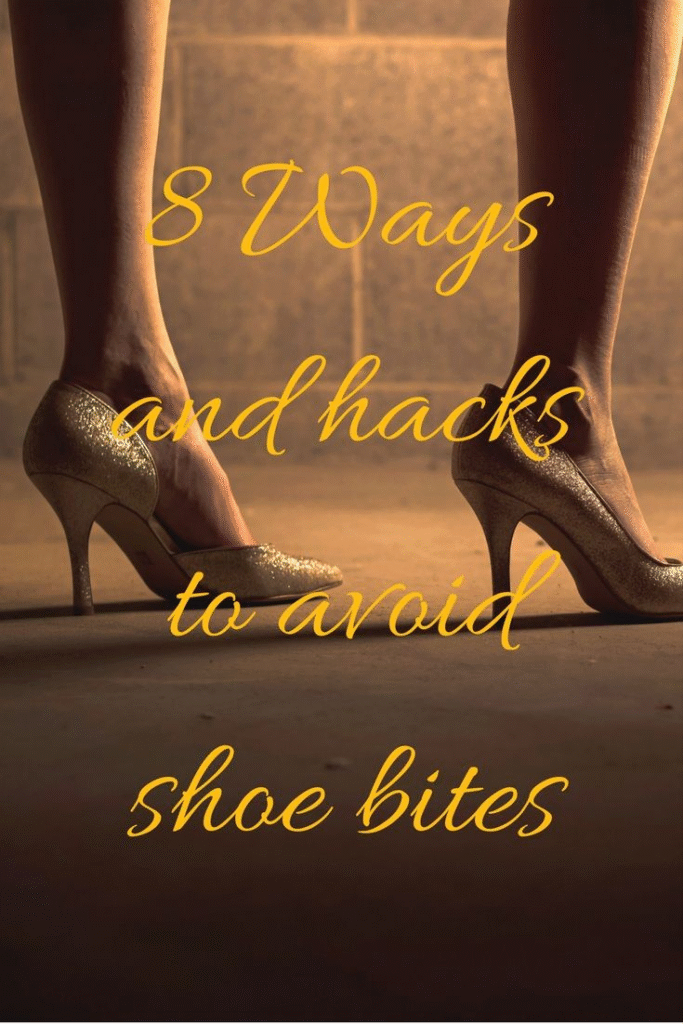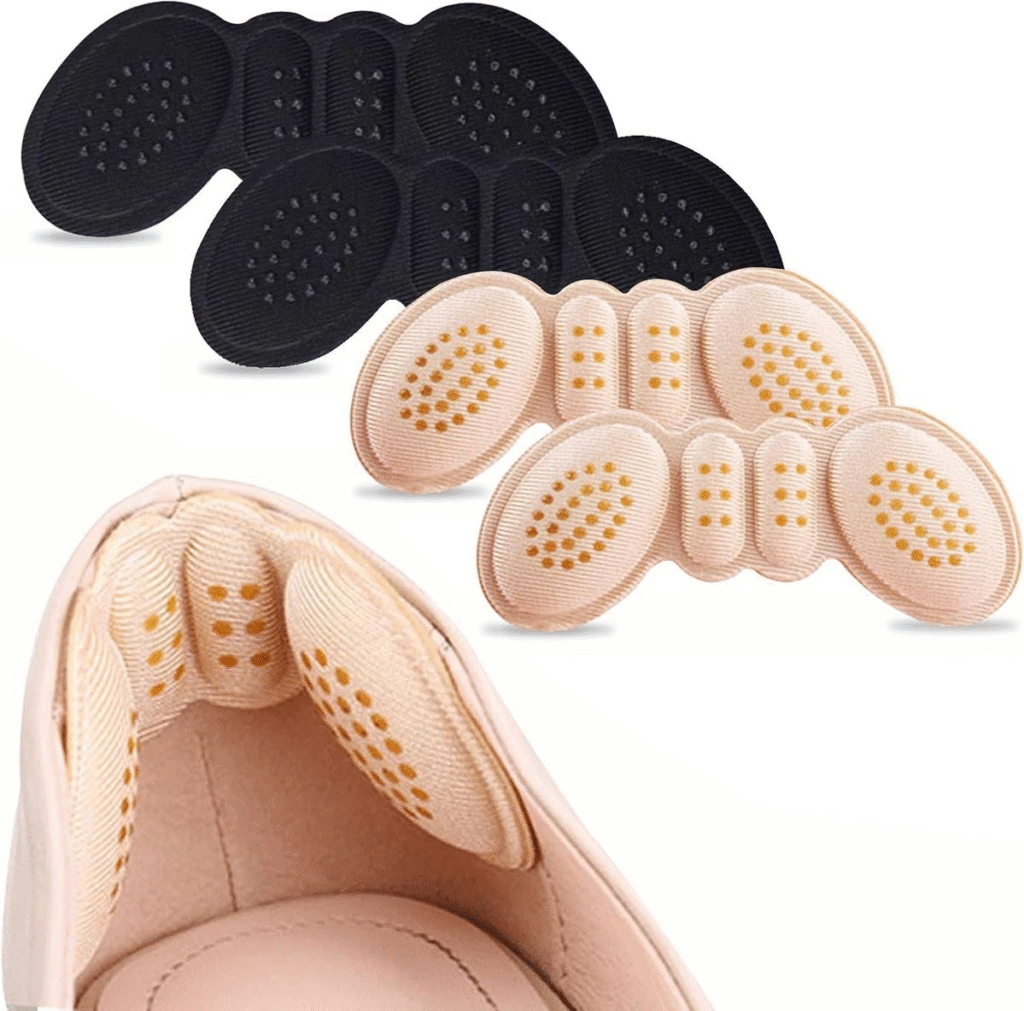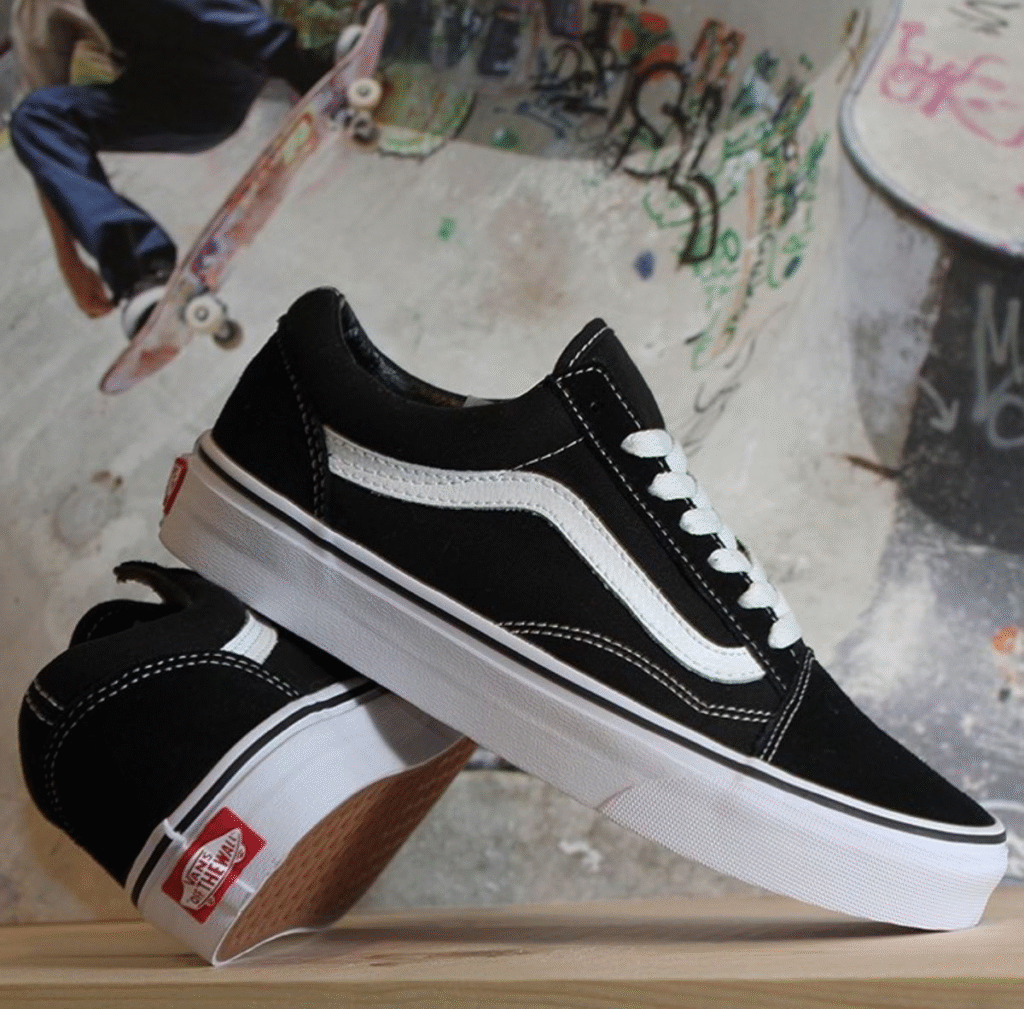
Table of Contents
Is the persistent discomfort from your little toe rubbing against the sides of your shoes getting you down? Do you constantly ask yourself how to prevent your little toe from rubbing against your shoes? If this is the case, you are not the only one. The good news is that there are treatments for this widespread issue, even though many individuals have trouble coping with it.
This handbook will provide you with a wealth of advice that will enable you to reduce your discomfort and experience greater comfort while wearing your shoes. – We’ll learn the greatest strategies for this. We offer a wide range of tips on how to prevent your small toes from rubbing in your footwear, from straightforward do-it-yourself methods to real-world modifications. Let’s start by exploring the methods that will improve your shoe experience.
You can also like to read “How to Fix Flaking Shoe Lining,” the best guide of 2024.
How to Stop Little Toe Rubbing in a Shoe
1. Identify the Cause of Rubbing
Start by figuring out why your little toe is rubbing against your shoe. It usually happens when the shoe is too tight, too loose, or has a rough seam inside. Walk around a bit and notice where the pressure or friction occurs. Identifying the exact cause helps you take the right steps to fix it.
2. Choose the Right Shoe Size and Shape

Wearing the wrong size is the most common reason for rubbing. Make sure your shoes fit properly—not too snug or too loose. Go for shoes with a wider toe box that give your toes enough room to spread naturally. You can also measure your feet at a shoe store to ensure accurate sizing.
3. Use Toe Protectors or Gel Pads
If the rubbing continues, protect your little toe using gel pads, moleskin, or toe sleeves. These act as a cushion between your toe and the shoe, reducing friction and preventing blisters. You can easily find these items at pharmacies or online.
4. Wear Moisture-Wicking Socks
Sweaty feet increase friction and make rubbing worse. Wear breathable, moisture-wicking socks made from synthetic fibers or merino wool. Avoid cotton socks, as they trap moisture and can cause irritation.
5. Apply Anti-Friction Balm or Petroleum Jelly
Before putting on your shoes, apply an anti-blister balm or a small amount of petroleum jelly on your little toe. This creates a smooth surface that reduces friction while walking or running.
6. Stretch or Break in New Shoes

If your shoes are new and still stiff, stretch them slightly before long wear. You can use a shoe stretcher, wear them around the house with thick socks, or take them to a cobbler for professional stretching. This helps soften the material and prevent rubbing.
7. Check for Rough Seams or Linings
Sometimes, the inside of the shoe may have rough stitching or a hard edge that rubs your toe. Check the inside carefully, and if you find any, use a soft adhesive pad or moleskin to cover the spot for smoother contact.
8. Consider Orthotic Inserts
If rubbing continues even with well-fitted shoes, try using orthotic insoles. They help align your foot properly and reduce uneven pressure that can cause your little toe to rub against the shoe sides.
9. Take Breaks and Care for Your Feet
After long hours of wearing shoes, remove them to let your feet breathe. Wash and dry your feet properly, and apply moisturizer to keep the skin soft and prevent irritation from friction.
By following these step-by-step methods, you can effectively stop your little toe from rubbing inside your shoes, ensuring better comfort, less pain, and longer shoe life.
What are the main causes of toe blisters? {How to prevent small toe rubbing in shoes? Best tips and tricks:}
Isn’t it true that foot blisters can be a real pain? When your skin rubs against something too hard, like the inside of your shoes or socks, they typically show up. Constant friction causes irritation, and bam, you have a blister.

However, friction is not the only cause. Those darn shoes are occasionally the problem. If they are either too tight or too loose, they might seriously injure your toes and result in blisters. Additionally, that extra moisture can make blisters more likely by softening your skin if your feet become sweaty or if you’re out for a stroll in the rain.
Let’s not forget about the heat, too! Your feet grow when it’s extremely hot outside, and friction makes it worse?
Some foot issues, such as corns and bunions, can occasionally be more harmful. Furthermore, all that repetitive movement might seriously increase the friction and strain on your poor toes if you enjoy sports or hobbies like running or trekking.

To sum up, then? Things like friction, poorly fitting footwear, wetness, heat, foot peculiarities, and even some activities frequently cause foot blisters. The key to preventing these blisters is to reduce friction and make sure your shoes fit well.
How to make my shoes more comfortable?
1. Choose the Right Size
Always make sure your shoes fit properly. Shoes that are too tight or too loose can cause pain and blisters. Try them on in the afternoon when your feet are slightly swollen for the most accurate fit.
2. Use Cushioned Insoles

Add gel or memory foam insoles to give extra comfort and support. Insoles help reduce pressure on your feet and make walking easier, especially for long hours.
3. Wear the Right Socks
Soft, breathable, and moisture-wicking socks prevent friction and keep your feet dry. Avoid cotton socks, as they trap sweat and can cause irritation.
Extra tips to stop the little toe rubbing in the shoe
1. Wear Wider Shoes
Choose shoes with a wide toe box so your toes have more room to move. Narrow shoes often squeeze the little toe and cause friction or blisters.
2. Use Toe Protectors or Caps

Soft gel toe caps or sleeves cover your little toe and act as a cushion, preventing direct rubbing against the shoe. They’re especially useful for long walks or new shoes.
3. Apply Blister Prevention Tape
Use moleskin, medical tape, or blister prevention strips on the little toe or inside the shoe where it rubs. It creates a smooth layer and reduces friction.
Conclusion
Keep in mind that discovering the ideal answer may require some experimentation, but with persistence, you can figure out what works best for you. You can move forward with assurance, comfort, and elegance thanks to this excellent advice and these techniques on how to keep little toes from rubbing in shoes.
Read more about How to prevent small toe rubbing in shoes.

